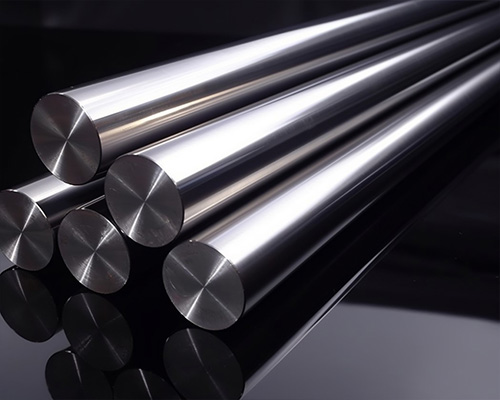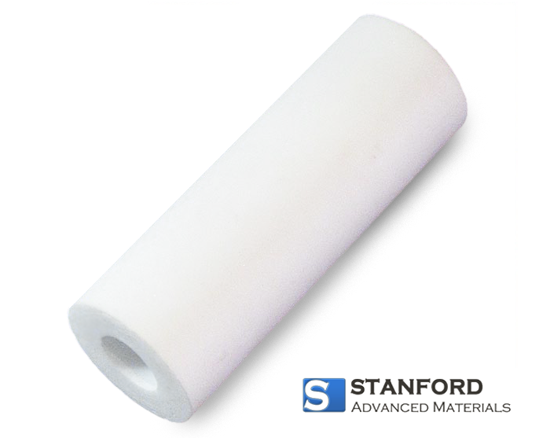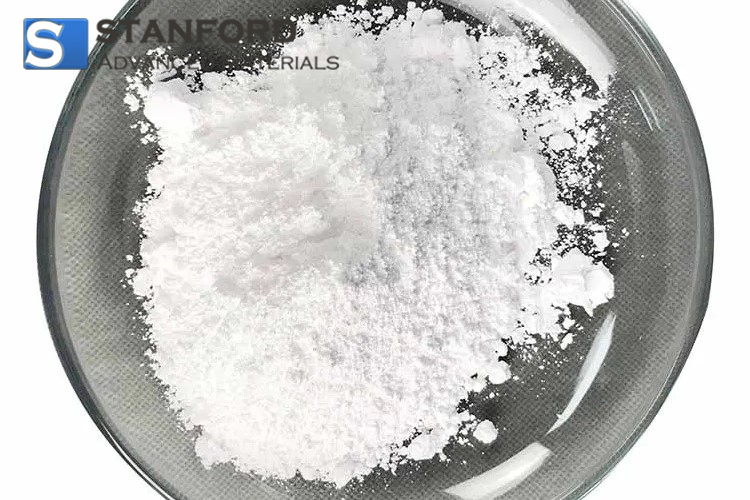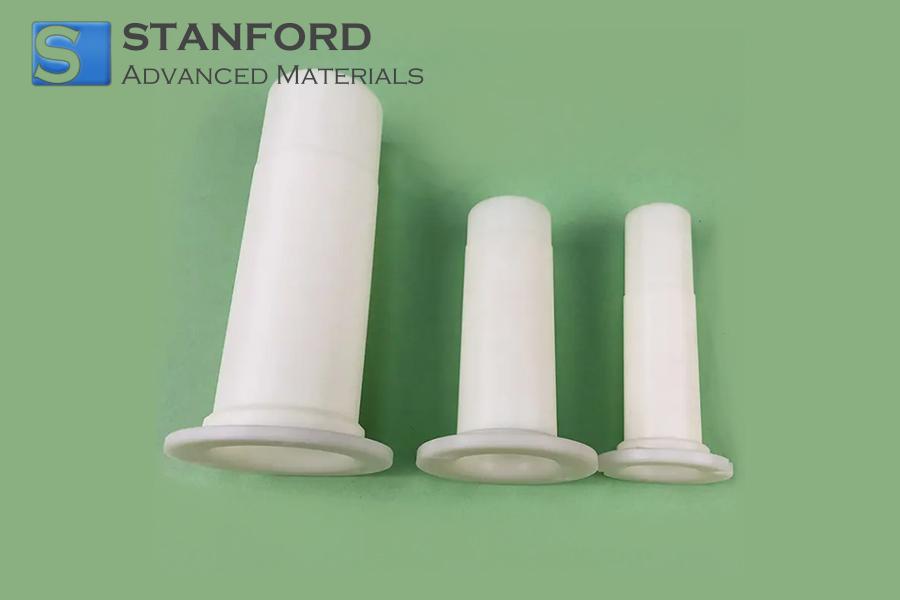Uses Of Molybdenum Alloys In The Aerospace And Steel Industry
Molybdænlegierungen are used owing to their high strength, mechanical stability and ductility. They find applications in high-temperature heating elements, extrusion grinding tools, glass melting electrodes, spray coatings, metal fabrication tools and aerospace components.

Use of Molybdænlegierungen in the aerospace and steel industries
Applications of Molybdænlegierungen in the Aerospace Industry
Commercially, Molybdæn–copper alloys are used in the aerospace sector. They serve as non-ferrous alloys with Molybdæn as the matrix and include elements such as Titanium, Zirconium, Hafnium, Tungsten and Rare Earths.
These alloying elements provide solid-solution strengthening and maintain low-temperature plasticity. They also form a stable, dispersed carbide phase which improves the alloy strength and recrystallisation temperature.
Applications of Molybdænlegierungen in the Steel Industry
Molybdæn accounts for the largest proportion in the steel industry.
It is mainly used in the production of alloy steel, accounting for approximately 43% of the total Molybdæn consumption in the steel industry. It is also used in the production of stainless steel (approximately 23%), tool steel and high-speed steel (approximately 8%), cast iron and rollers (approximately 6%).
The majority of Molybdæn is employed directly in steel production or in cast iron following industrial Molybdæn oxide briquetting. A smaller fraction is first melted into ferromolybdæn and then used in steel production.
Molybdæn as an Alloying Element in Steel Confers the Following Advantages:
- Enhanced strength and toughness of steel;
- Improved corrosion resistance in acid–base solutions and liquid metals;
- Increased wear resistance;
- Better hardenability, weldability and heat resistance.
Hence, stainless steel with a Molybdæn content of 4% to 5% is frequently used in environments with significant erosion and corrosion, for example in ship fittings and chemical plants.
Conclusion
Thank you for reading this article. We hope it has improved your understanding of the applications of Molybdænlegierungen in the aerospace and steel industries.
If you wish to learn more about Molybdænlegierungen and other refractory metals and alloys, we recommend that you visit Stanford Advanced Materials (SAM) for further information.
As a leading supplier of Molybdæn products, SAM has over two decades of experience in the manufacture and distribution of Molybdænlegierungen, Molybdæn tubes and Molybdæn powder. It supplies Molybdæn products that meet rigorous standards for research and production requirements. We trust that SAM will be your preferred supplier and business partner for Molybdæn products.

 Bars
Bars
 Beads & Spheres
Beads & Spheres
 Bolts & Nuts
Bolts & Nuts
 Crucibles
Crucibles
 Discs
Discs
 Fibers & Fabrics
Fibers & Fabrics
 Films
Films
 Flake
Flake
 Foams
Foams
 Foil
Foil
 Granules
Granules
 Honeycombs
Honeycombs
 Ink
Ink
 Laminate
Laminate
 Lumps
Lumps
 Meshes
Meshes
 Metallised Film
Metallised Film
 Plate
Plate
 Powders
Powders
 Rod
Rod
 Sheets
Sheets
 Single Crystals
Single Crystals
 Sputtering Target
Sputtering Target
 Tubes
Tubes
 Washer
Washer
 Wires
Wires
 Converters & Calculators
Converters & Calculators
 Write for Us
Write for Us





 Chin Trento
Chin Trento



